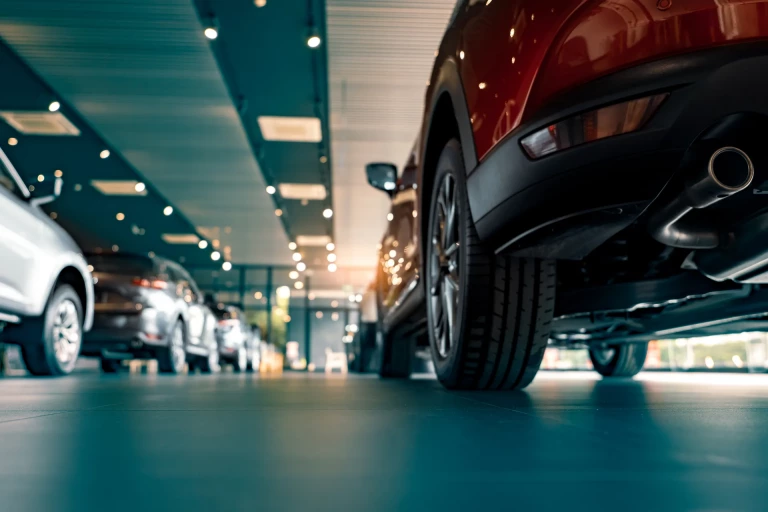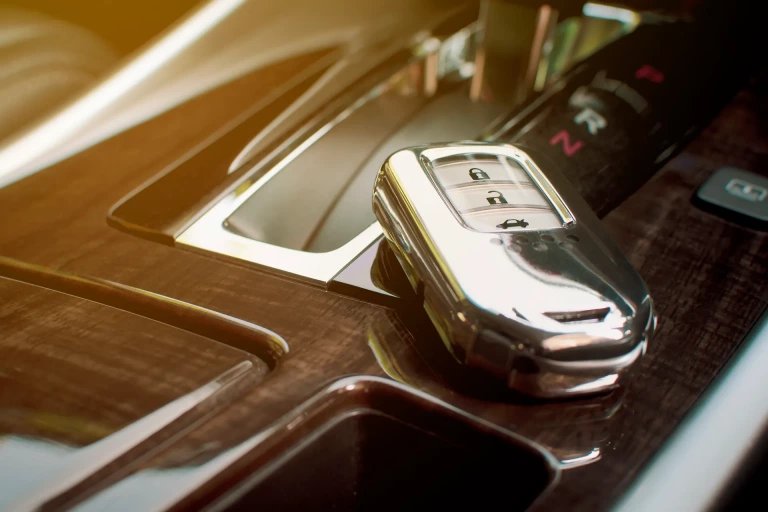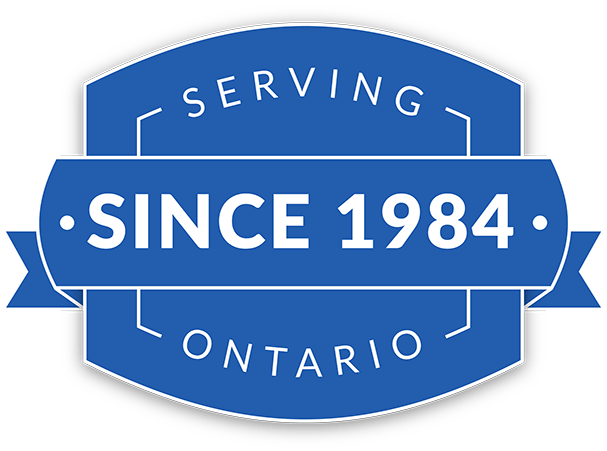
The Hidden Costs of Owning a Car in 2025
Yes, beyond the purchase price, owning a car in 2025 comes with many hidden costs—including depreciation, financing interest, insurance, maintenance and repairs, subscriptions, parking, tolls,...

Tariffs don’t directly raise your auto insurance premiums, but they do make car repairs more expensive—and higher repair bills often translate into higher insurance rates. For Ontario drivers, the cost of living squeeze isn’t just about groceries and gas. Global trade disputes, tariffs on auto parts, and supply chain pressures are adding fuel to the fire when it comes to rising auto insurance costs.
When governments impose tariffs—taxes on imported goods—the cost of those goods increases. For cars, that means higher prices for parts like steel panels, electronics, or safety sensors. But insurers don’t charge you extra just because tariffs exist; premiums are based on claims data, not policyholder nationality or trade policy.
The real issue is what happens after an accident. If a bumper that once cost $800 now costs $1,400 because of tariffs and supply issues, the repair bill doubles. Insurers cover those costs through claims payouts. Over time, as the average claim amount rises, insurers adjust premiums across the board to recoup losses.
Canada imports the majority of its auto parts, even for vehicles assembled domestically. Ontario, as the country’s automotive hub, feels this especially strongly. Modern vehicles rely heavily on advanced electronics and sensors — many sourced overseas. A single cracked headlight on a car with adaptive safety systems can run over $2,000 to replace. Add tariffs on top, and the costs climb quickly.
Ontario drivers may not think about where their brake pads or airbags come from, but insurers do. Supply chains for auto parts stretch across North America, Europe, and Asia. When tariffs are applied to imported steel, aluminum, or electronics, those costs ripple through to Canadian repair shops.
Tariffs on raw materials like steel and aluminum directly impact the cost of vehicle body repairs. Aluminum hoods, steel frames, and even wiring harnesses all become more expensive. Recent U.S. tariffs on Chinese-made automotive electronics have also raised the price of replacement sensors and chips — the very components that are hardest to source after a collision.
Vehicles themselves are more advanced than ever. Features like blind-spot detection, adaptive cruise control, and lane departure systems rely on delicate sensors embedded in bumpers and mirrors. A minor fender bender that once cost $1,500 to fix can now top $5,000. When parts already cost more due to tariffs, the impact is magnified, pushing claims—and premiums—even higher.
Ontario drivers are already facing rising auto premiums because of car theft and repair delays. When stolen vehicles are recovered, insurers must pay to repair damages. With parts costs elevated, these repairs are more expensive than ever. Drivers wait weeks — sometimes months — for parts, driving up rental car reimbursement costs on top of the repair itself.
The Insurance Bureau of Canada (IBC) has reported that inflation in vehicle parts and labour costs is one of the top contributors to recent auto insurance increases. Tariffs add to this inflationary pressure, particularly in Ontario, where urban theft rates and repair costs collide.
As trade disputes and tariffs fluctuate, Ontario drivers should expect continued volatility in auto insurance pricing. Even if tariffs ease, backlogged supply chains and the ongoing complexity of modern cars mean repair costs are unlikely to fall significantly.
The relationship is straightforward: tariffs raise the cost of parts, higher part costs increase repair bills, insurers pay out more on claims, and premiums rise to balance the books.
Luxury brands and vehicles packed with advanced driver-assistance systems (ADAS) are the most vulnerable. A collision involving a Lexus or Mercedes equipped with radar sensors will cost far more to repair than a base-model sedan. These vehicles see the steepest insurance hikes when parts inflation hits.
Insurers don’t raise premiums overnight, but when claims data shows higher average payouts, adjustments follow. Tariffs and supply chain issues create upward pressure that eventually filters down to every policyholder in Ontario.
When repair costs rise due to tariffs or global supply chain pressures, some insurers adjust their premiums more aggressively than others. What looks like an unavoidable rate increase with one company may not be as steep with another. That’s where working with a broker pays off — they compare rates across dozens of insurers, highlight differences in coverage, and ensure you’re not locked into an overpriced renewal. In many cases, drivers save hundreds per year simply by switching to a carrier that evaluates risk more competitively.
Bundling auto, home, and even business insurance under one provider can unlock discounts that offset increases caused by higher parts and repair costs. Insurers reward customer loyalty and the efficiency of managing multiple policies together, and the savings often stack up. For Ontario families juggling multiple vehicles or a combination of home and auto, these discounts can be significant. Beyond cost savings, bundling also simplifies paperwork, renewals, and claims — an underrated benefit when premiums are already stressful.
Not all coverage is essential for every driver, especially if your circumstances have changed. For instance, if your vehicle is older and fully paid off, you may no longer need a waiver of depreciation or certain collision options that make sense only for newer cars. By reviewing your policy with a broker, you can remove outdated endorsements, adjust deductibles, or streamline extras. The result is a policy that matches your actual risk profile, ensuring you’re protected where it counts — without paying for unnecessary add-ons.
Ontario has seen a surge in organized auto theft, especially in the Greater Toronto Area, where stolen vehicles often end up overseas within days. Because theft claims are a major driver of rising insurance rates, taking steps to protect your vehicle directly influences your premiums. Installing an aftermarket alarm, steering wheel lock, immobilizer, or GPS tracker shows insurers that you’re actively reducing risk. Many companies offer discounts for theft-prevention devices, and the peace of mind of knowing your car is harder to steal is worth just as much as the savings.
Tariffs, theft spikes, inflation, and supply chain shortages all affect insurers differently. While some companies immediately pass increased costs on to policyholders, others hold back or apply smaller adjustments. A broker who follows these trends knows which insurers are most competitive for your vehicle type and driving history. Instead of absorbing across-the-board hikes, you can align with an insurer that’s still offering fair rates — even in a volatile market. Brokers like Regal Insurance do this homework for you, saving both money and the headache of figuring it out alone.
Tariffs and global trade disputes are outside your control — but how you manage your insurance isn’t. Regal Insurance brokers specialize in helping Ontario drivers navigate rising premiums, compare rates from Canada’s leading insurers, and find ways to save without sacrificing protection. Get a free auto insurance quote today and make sure you’re not paying more than you need to.

Yes, beyond the purchase price, owning a car in 2025 comes with many hidden costs—including depreciation, financing interest, insurance, maintenance and repairs, subscriptions, parking, tolls,...

Tariffs don’t directly raise your auto insurance premiums, but they do make car repairs more expensive—and higher repair bills often translate into higher insurance rates....

Yes, studies show that keyless cars are more likely to be stolen in Ontario due to “relay attacks,” where thieves amplify your fob’s signal to...

No obligation, just great information!
